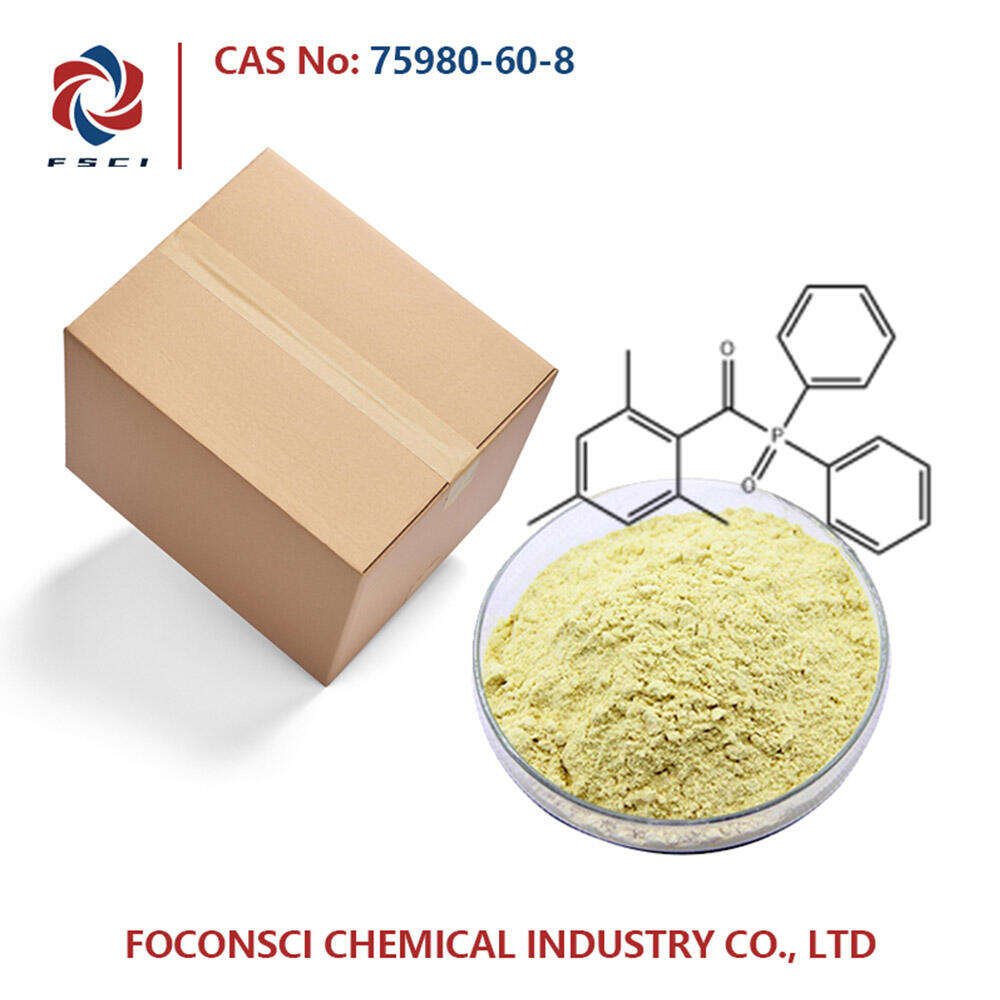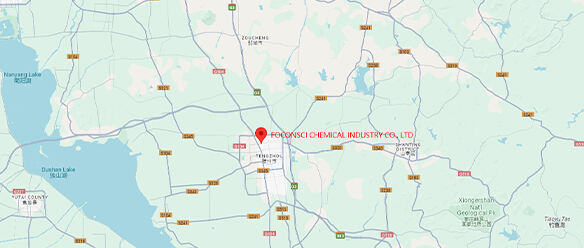Introduction to Photoinitiators and Light Curing Solutions
In the realm of contemporary manufacturing as well as studies, the light curing process is one of the prevalent forms where photoinitiators are put to use to effect phase change in liquid materials. In general, it consists of the use of certain wavelengths of light to trigger a suitable chemical reaction that results in polymer formation. This technology is being applied in medicine, adhesives and coatings, printing write-ups among other industries. In order to have effective light curing modalities, it is important to appreciate the concept of Foconsci Chemical Industry Co., Ltd. photoinitiators in terms of their selection and the curing approach and its optimization.
Understanding Photoinitiators
Photoinitiators are organic compounds that heterolytically cut a molecule’s carbon backbone through the absorption of light and give rise to active species which can bring about polymerization. Broadly, these are useful in polymer chemistry.
Cationic Photoinitiators: These are compounds related in structure and function to free radical photoinitiators, which lead to the formation and polymerization of epoxy, vinyl ether, and other substrate cationic polymerizable compounds.
The types of these photoinitiators to be used depends well on the material systems and the properties to be achieved. Most satisfactory results of photoinitiators depend on their absorption characteristics, the number of reactive species formed and the purpose of the Foconsci Chemical Industry Co., Ltd. photoinitiators.
Choosing the Right Photoinitiators
The choice of the photoinitiators is made after considering some important aspects particularly the:
• Absorption Spectrum: The photoinitiators should be capable of offering maximum efficiency in absorbing the wavelength radiations from the light source responsible for curing the formed compound. Usually, either UV light sources (200-400 nm) or visible light sources (400-700 nm) can be used. It is important to use the peak absorption range of the photoinitiator and the particular light source to attain maximum efficiency.
• Reactivity and Speed: The rate of reaction of the photoinitiator will also affect the speed of polymerization. Higher reactivity polymerizing agents usually reduce the curing time which can be advantageous during manufacturing processes where high volumes production is required.
• Compatibility with Monomers and Additives: The photoinitiators should also be reactive with the base material (monomers) as well as other additives in the formulation. Otherwise, if no care is taken, complete curing might not be attained and the properties of the materials may not be desirable.
• Toxicity and Safety: The toxicity of photoinitiator is a major concern with particularly medical and food packaging applications. Non-toxic alternatives which are in compliance with the intended use must be identified.
Optimizing the Light Curing Process
Effective light curing is determined not just by the type of photoinitiator employed but by a number of other process conditions as well. Some important ones are:
• Light Source: It is necessary to maintain stable and adequate light intensity and wavelength. In this regard, LEDs or mercury vapor lamps are used depending on the absorption characteristics of the photoinitiator.
• Exposure Time and Intensity: There should be a compromise between the exposure time and light intensity. Exposure to light should not be excessive as overexposure may result in material erosion.
• Temperature Control: The processes of light curing are often self-heating. As there will always be excess heat generated, it is important to contain the exotherm in order to enable complete and even curing with no defects.
• Oxygen Inhibition: In some situations, free radicals can be suppressed by oxygen present in the atmosphere, therefore preventing polymerization from occurring. Temperature control enclosures or continuous oxygen scavenging may enhance cure efficiency.
Applications and Benefits
Because light curing systems have many advantages, their application has become popular in various fields:
• Rapid Curing: The use of light cure systems can eliminate curing time within seconds to minutes, thus boosting plant productivity.
• Precision and Control: The nature of the procedure allows polymerization to be carried out very accurately and in a controlled manner; this is very useful where the parts have very fine features coatings or 3D printing needs attention to details.
• Energy Efficiency: Light curing tends to be more energy effective than thermal curing methods, thus lowering the cost of running the system.
• Inherent low levels of VOC emissions: The practice of light curing system usually results into low volatile organic compounds emissions which is health and safety effective.
Conclusion
The photoinitiated light curing is a complex activity that requires suitable Foconsci Chemical Industry Co., Ltd. photoinitiators to be chosen, curing conditions to be optimized, and application issues to be addressed. If such synthesis of these components is in place, the industries will be able to take the benefits of using the process of light curing such as shorter lead-time, accuracy and lower pollution of the environment, which will have improved the quality of the products and the operations of the processes.


 EN
EN
 AR
AR
 BG
BG
 HR
HR
 CS
CS
 DA
DA
 NL
NL
 FI
FI
 FR
FR
 DE
DE
 EL
EL
 HI
HI
 IT
IT
 JA
JA
 KO
KO
 NO
NO
 PL
PL
 PT
PT
 RO
RO
 RU
RU
 ES
ES
 SV
SV
 TL
TL
 IW
IW
 ID
ID
 LV
LV
 LT
LT
 SR
SR
 SK
SK
 VI
VI
 HU
HU
 TH
TH
 TR
TR
 GA
GA
 CY
CY
 KA
KA
 LA
LA
 MN
MN
 KK
KK
 LB
LB


